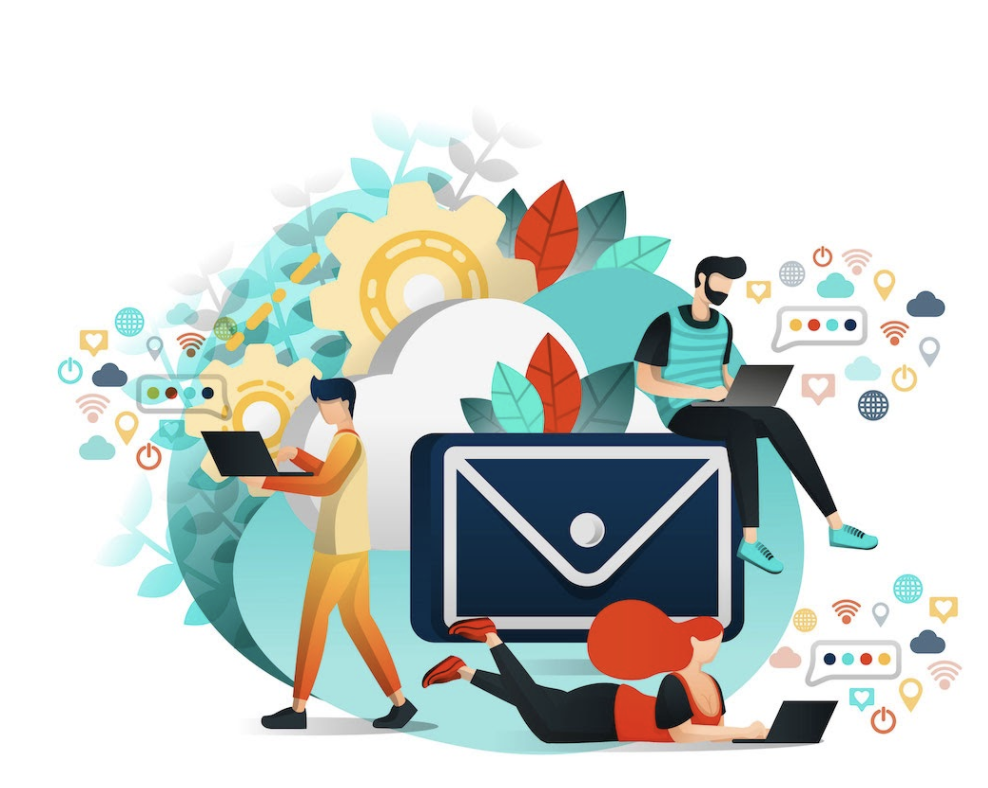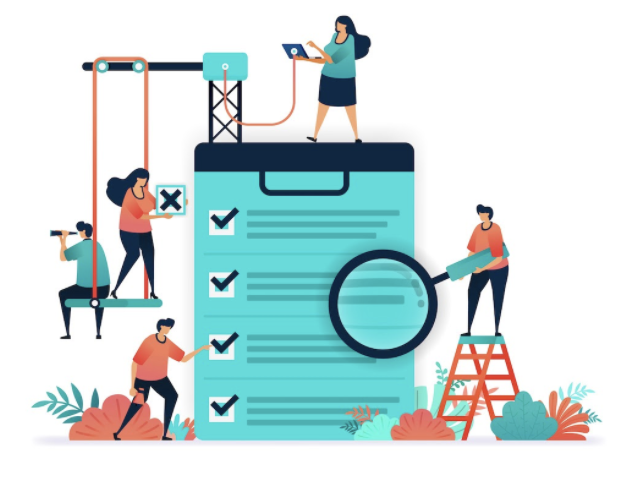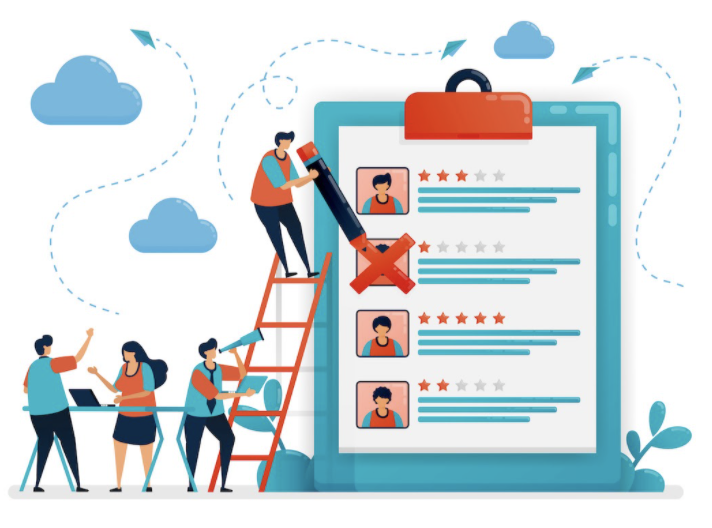UX/UI - User Experience
Creating human experiences in a digital world
Innovative yet interactive
For every UI & UX design project our goal is simple; deliver the best product possible. We design and build immersive experiences that engage customers and promote conversion.
Our UX team is made up of creative thinkers who are passionate about digital experiences. We approach every UX and UI Design project with the same curiosity and conversion-driven methodology.
This approach ensures that every project is considered, planned, and designed in a way that suits our clients and is impactful on the users, we make sure to hit the project’s goals whilst maintaining a user-centric focus.
In a digital world where brands are constantly competing for attention, it is important to create meaningful, and memorable human-centric experiences across all digital channels.
We specialize in working with platforms that are secure, but flexible enough that we can offer a unique design and solution for every project.
Making products “simple” takes proper planning. We invest time in bringing order to your requirements and understanding what we are about to design. This results in a simple and coherent product experience.
Engaging, intuitive user experiences
User experience design often boils down to creating products that are usable. But being focused on the How without understanding the Why and What of product use will put you at risk of building a product people don’t need. User-centered design isn’t just a pair of buzzwords. It’s an approach that increases your chances to make a great product.
User needs are at the center of our efforts, focusing on designing usable, delightful, efficient, and fun experiences. From user onboarding to feedback and review, our products consist of an integrated set of experiences working together seamlessly.
Our workflow involves collaboration with developers. We align our ideas with developers and determine if they are feasible within time and budget. Our designers know what’s involved in the implementation. Wearing a dev’s hat, our designers have a better understanding of how to create great products.
Our UI/UX design process at a glance
Our design process doesn’t play out in a linear order. We twist and turn through the design
process, looping back and repeating at least one or more tasks in our work process.
We can visualize it in 3 major stages, discovery, definition, and prototyping. Each of these stages contains different steps that our UX team follows to deliver a product that exceeds your expectations.
Discovery Stage
This stage helps us to give answers to basic questions such as "what? what for? how?", which will allow us to have an open and honest conversation about the problem that the digital product needs to solve.
In the case of more complex projects, which require the design of different service levels, these will be identified through a process known as Service Blueprint. It allows identifying all the systems, partners, and tools involved that usually go unnoticed, but play an important role in the experience.
Definition Stage
The definition stage allows us to understand who the user are and why they are using the product. Knowing the audience in an effective way will allow us to deliver a better experience.
At this stage our UX team will consider the following process:
- UX research:
- To design a great product we need to understand who your users are, in what context they will use your product, and what needs they will be looking to meet. This is what we will be doing during the research phase. Based on what is found in the research, user persona cards are created. We create users with characteristics and needs that can be adjusted to the product, in this way we can better identify the real users.
- Customer Journey Mapping:
- It will help us recognize the different journeys that a user can make within the application or web page to ensure that the product is optimized for each possibility.
- UX strategy:
- Think of a UX strategy as a plan that details how the design will work. To visualize our UX strategy, we create an Alpha Site Map. In this way, the contents and functionalities can be grouped and ordered in the way that makes the most sense for the end customer.
- Beta architecture:
- We reviewed the original architecture and proposed improvements based on a study with end-users to find out if the terms considered in the alpha architecture are correct.
Prototyping Stage
An interactive prototype is created to give a real experience of what the final product will be like, so we can get feedback we can rely on.
These prototypes will be presented in the form of wireframes.
UX research:
The purpose of visual research is to inform UI design. To shape UI design we look at your competition, design styles in your country and across your entire industry, and collect all this creative information into a mood board. We design every element on the user interface (icons, buttons, typography, color schemes) to create an intuitive experience for your users. The look and feel of the product and its interactivity will be focused on increasing user engagement.
User Testing:
The who and why questions are answered through the valuable asset of a prototype. This information can help us improve the prototype in a short period of time.
Once we get the feedback from the tests performed, adjustments are made to the wireframes of the original prototype to obtain an optimized version.
It is with the wireframes and optimized functional prototype that we make a real estimation of the effort required for the implementation of the product at a code level.
UI with Branding:
A design concept is developed with respect to the company's references, users, and branding. The UI is applied to the existing wireframes.
Potential micro-interactions and animations to be included in the platform are developed and tested.
Once we achieve an “ideal’ prototype we can move on to the next phase of any digital product which is development.
It’s important to point out that all of the aforementioned stages are not mandatory for every project. Each project it’s unique in its own way, therefore our team analyzes each case and adjusts our process with the stages or activities that we believe will help create the best possible prototype.
We design elegant digital experiences for web and mobile platforms establishing visual, technical, and emotional consistency in each interaction, whether on mobile or desktop.



